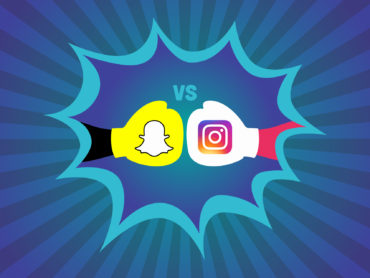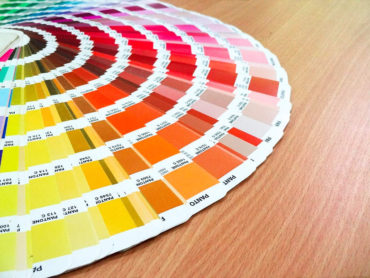The State of Social Media Marketing
The social media world is constantly evolving. Online messaging was first introduced in the 1990s, and from there the idea of connecting with people around the world on the Internet took storm. In 2016, more than 2.2 billion people reported using social media – coming a long way since the introduction to social networking 20+ years later. So, what does the future hold for social media in 2017? And what does that mean to marketers?
- In 2015, 49% of social media teams lived within marketing organizations. In 2016 that number grew to 63.2%.
What it means and why it matters: Long gone are the days of having someone’s nephew create your business a Twitter account just to say you have one and tweeting out a funny meme and calling it a day. We’ve seen enough social media fails from companies to know better. Today, social media is major function of an overall marketing strategy, and provides a direct avenue for brands to interact with their audiences one-on-one. Social media requires man-power. The world of social never sleeps and needs to be monitored around the clock. When considering a marketing strategy, keep in mind the resources required to dedicate to a balanced, robust social media plan. - 38.2% of marketers say aligning business goals and social media strategy is a challenge.
What it means and why it matters: Depending on your business, it might be difficult to quantify the amount of direct sales social media created. While certain platforms have hearty conversion tracking tools in place that can help monitor this, it’s important to figure out what your goals are for social media and how they directly tie back to the business goals. Do you want to grow your business in a new location? Reach a new demographic? Raise awareness of your re-vamped brand or new line of products? Every social post should be tied back to one of those clear goals. It’s important to have a dialogue with the company executives to get a clear-cut understanding of what the yearly goals are for the company. You should use these objectives to formulate your social media strategy – and report on the analytics that best measure your success for each. - By 2021, 75% of total marketing budgets will be spent on digital marketing.
What it means and why it matters: Ready or not, here it comes. Consumers are shifting over to spending the majority of their time on social media – and it’s important you meet your audience where they are. In fact, millennials report watching YouTube videos more than traditional television. Surprising? Not really. Have you ever been on YouTube? It’s EASY to get hooked. Something else that’s easy? Integrating your brand’s advertisement before a YouTube video of a similar niche plays. Successful social media campaigns can have a hefty price tag, and if you want to have an impact and make a big splash, it’s important to understand the cost associated. Throwing a social post at the wall and hoping it sticks will only get you so far. Strategically adding social media advertising dollars to the campaign will get you farther.
Looking for insight on how to start planning a strategic social media marketing plan? Send me an email at eally@randjsc.com to see how we can help.




















































































